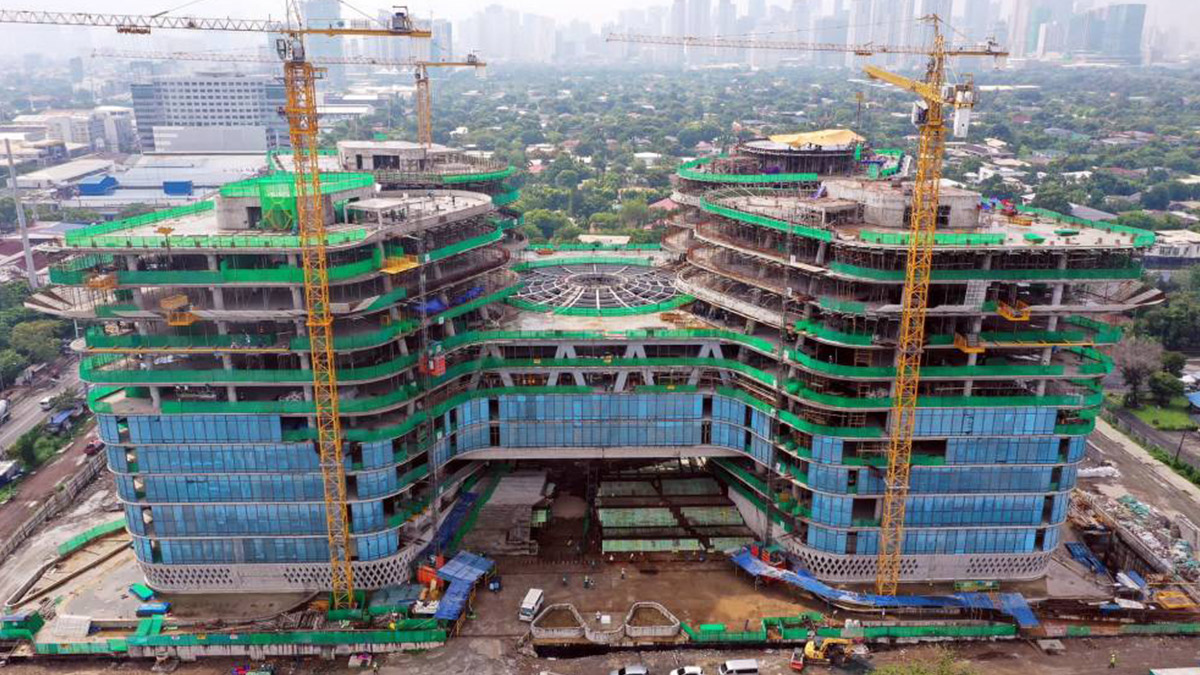New Senate home must be functional, not extravagant

BILLION-PESO PROJECT The new Senate building is being built in Taguig as of July last year. —photo from DPWH
MANILA, Philippines—Senate President Francis Escudero only wanted to ensure that the 24-member chamber’s future home in Taguig City would be a “functional building” and “symbol of democracy” without costing an arm and a leg, according to Sen. Alan Peter Cayetano.
Cayetano, who was tasked by Escudero to review the multibillion-peso construction project, said that he would soon meet with Sen. Nancy Binay for an in-person briefing on the status of the new Senate building.
READ: Lacson: New Senate building budget hike due to security, land acquisition
He took over the supervision of the project after replacing Binay as chair of the Senate accounts committee following the Escudero-led coup that removed Sen. Juan Miguel Zubiri from the helm of the legislative body.
Leadership by example
Binay earlier rued insinuations of irregularities after the Senate President flagged the project barely a day after taking over Zubiri’s post.
“Our objective is for us to have an iconic and functional building for the Senate that will be a symbol of democracy for the people to visit,” Cayetano said in a statement on Monday.
“But we have to lead by example. If this would be the most expensive and extravagant [public] building in the Philippines, it will not be a symbol of democracy and pride of our people,” he said.
“It will even be detested,” he added. “The objective of the Senate President, and I would assume the whole Senate, is to maintain the quality and make the building secure, but we should not spend that much.”
Steep rise in cost
Escudero, who has yet to visit the construction site personally, pointed out earlier that, from the initial budget of P8.9 billion in 2019, the 11-story, four-tower structure may cost as much as P23.3 billion to complete.
He also ordered work on the building suspended pending the review, although Cayetano clarified that the directive did not cover the project’s first two phases but the bidding for the next one.
He added that they were already scrutinizing the changes introduced by the Department of Public Works and Highways (DPWH), which was tasked with implementing the project.
Cayetano said that he had also directed the DPWH to submit a timeline of the project as part of the ongoing review.
“In that way, we can also be transparent to [the public],” he said.